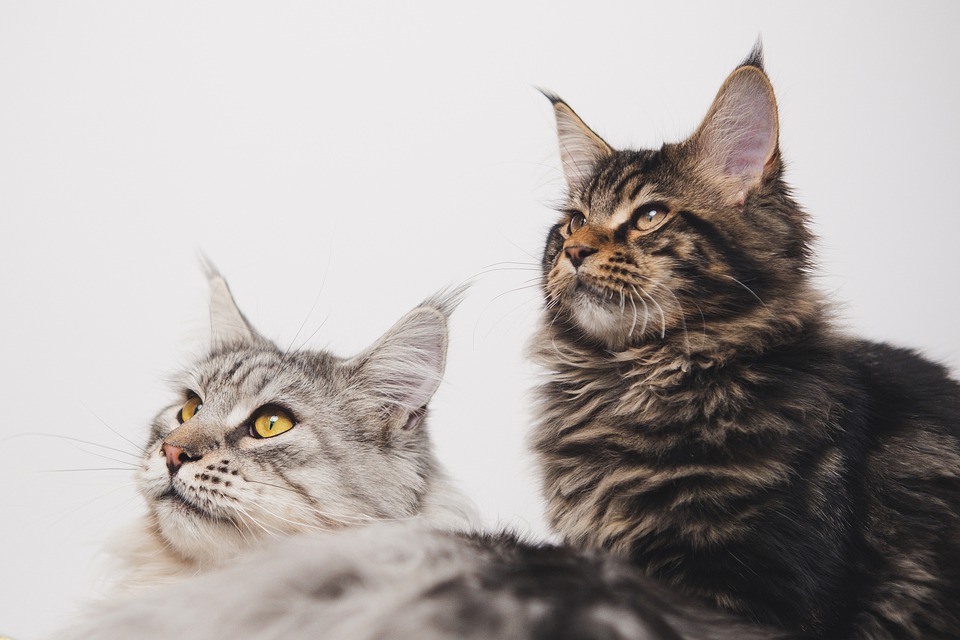Cats are not just independent creatures; they are also highly intelligent and curious. To keep your feline friend mentally stimulated and engaged, it’s important to provide them with activities that cater to their natural instincts. One such activity that has gained popularity among cat owners is the use of puzzle feeders. These interactive feeding devices offer numerous benefits beyond simply providing a meal. In this article, we will explore the advantages of using puzzle feeders for your cat’s mental stimulation and outline some frequently asked questions to help you make an informed decision.
Understanding the Importance of Mental Stimulation for Cats
Cats are instinctual hunters by nature. In the wild, they spend a significant portion of their day hunting for food, which not only satisfies their hunger but also engages their minds. Domesticated cats, however, often lack the opportunity to fulfill this instinctual behavior. Without mental stimulation, cats may become bored, stressed, and even develop behavioral problems. Providing mental enrichment is crucial to ensure your cat’s overall well-being.
What Are Puzzle Feeders and How Do They Work?
Puzzle feeders are specially designed feeding devices that require cats to engage in problem-solving to access their food. These interactive toys come in various shapes and sizes, with different mechanisms to challenge your cat’s intelligence. The most common types include maze feeders, treat balls, and puzzle boxes. The concept is simple: your cat has to figure out how to manipulate the puzzle feeder to release the food hidden inside.
Benefits of Puzzle Feeders for Cats
1. Promotes Natural Hunting Behavior: Puzzle feeders mimic the thrill of the hunt, allowing your cat to engage in their natural instincts. By making mealtime an interactive experience, puzzle feeders provide mental and physical stimulation that helps prevent boredom and frustration.
2. Prevents Boredom and Anxiety: Cats are prone to boredom and anxiety when left with nothing to do. Puzzle feeders offer a stimulating challenge, diverting their attention from potential stressors and reducing the likelihood of destructive behavior.
3. Slow Feeding and Weight Management: Many cats tend to eat quickly, which can lead to overeating and weight gain. Puzzle feeders encourage slower eating by portioning out food and requiring more effort to access it. This can aid in weight management and prevent digestive issues.
4. Enhances Problem-Solving Skills: Through trial and error, cats learn to navigate the puzzle feeder and strategize to retrieve their food. This mental exercise sharpens their problem-solving skills, keeping their brains active and agile.
5. Builds Confidence and Self-Esteem: Successfully solving a puzzle feeder boosts your cat’s confidence and self-esteem. As they master more challenging puzzles, they become more self-assured, which can have a positive impact on their overall behavior and well-being.
6. Fosters Bonding and Human-Animal Interaction: By engaging your cat in playtime with puzzle feeders, you strengthen the bond between you and your feline companion. The shared activity promotes trust, provides an opportunity for positive reinforcement, and deepens your connection.
Frequently Asked Questions (FAQs)
1. Are puzzle feeders suitable for all cats?
Puzzle feeders are generally suitable for cats of all ages. However, it’s essential to consider your cat’s health, physical abilities, and preferences when selecting a puzzle feeder. Some elderly or physically impaired cats may require simpler designs.
2. How do I introduce my cat to a puzzle feeder?
Start by placing the puzzle feeder near your cat’s regular feeding area. Encourage exploration by adding a small portion of their favorite food or treats to the puzzle. Gradually increase the difficulty level as your cat becomes more comfortable and adept at using the device.
3. How often should I use a puzzle feeder?
The frequency of using a puzzle feeder depends on your cat’s personality and preferences. Some cats may enjoy daily puzzle sessions, while others may benefit from a few times a week. Observe your cat’s response and adjust accordingly to ensure they remain engaged and interested.
4. Can puzzle feeders replace regular feeding?
Puzzle feeders can be used as a supplement to your cat’s regular feeding routine. However, it’s important to ensure that your cat receives a balanced diet and sufficient nutrients. Consult with your veterinarian to determine the appropriate amount of food to be provided through puzzle feeders.
5. What types of food are best for puzzle feeders?
Dry kibble or small treats are ideal for puzzle feeders, as they are easier to dispense and less messy. Avoid using wet or sticky foods that may clog the puzzle mechanism or become unappetizing when exposed for an extended period.
6. Can puzzle feeders be used for multiple cats?
Yes, puzzle feeders can be used for multiple cats. However, ensure that each cat has access to their own puzzle feeder to prevent competition or resource guarding. It’s important to monitor the cats during feeding time to ensure fairness and avoid conflicts.
In conclusion, puzzle feeders offer a multitude of benefits for your cat’s mental stimulation and overall well-being. By incorporating these interactive feeding devices into your cat’s routine, you can provide them with both physical and mental exercise, preventing boredom and promoting a healthier, happier feline companion. So why wait? Let the puzzle-solving adventures begin and watch your cat thrive!








